Table of Contents
- 1 Key Takeaways
- 2 What do Mourning Doves eat?
- 3 Do Mourning Doves mate for life?
- 4 Do Mourning Doves migrate?
- 5 Where do Mourning Doves nest?
- 6 Where do they sleep?
- 7 How long do mourning doves live?
- 8 What does it mean when a Mourning Dove visits you?
- 9 What does a Mourning Dove sound like?
- 10 Are Mourning Doves pigeons?
- 11 How to get rid of Mourning Doves
- 12 Conservation Status and Fascinating Facts About Mourning Doves
- 13 FAQ
Key Takeaways
- Mourning Doves are seed specialists, with 99% of their diet consisting of various seeds, consuming up to 20% of their body weight daily.
- These birds are primarily monogamous, forming strong pair bonds that can last a lifetime and may even demonstrate mourning behaviors when their mate dies.
- Despite having a typical lifespan of only 1-2 years in the wild, some Mourning Doves can live up to 10 years, with the oldest recorded dove reaching 31 years of age.
- Mourning Doves have a distinctive cooing sound that many people mistake for owls, and their wings make a whistling noise during flight that can help scare away predators.
- When visiting humans, Mourning Doves are considered spiritual messengers, often symbolizing peace, love, hope, and possibly carrying messages from deceased loved ones.
The American Mourning Dove, Rain Dove, or Turtle Dove are graceful birds that are found and hunted most frequently in North America. Their tails are slender, they have small heads, and are plump in shape with dark brown or gray backs speckled with a little black. Their breasts are usually either tan or faint rose in color, though the edges of their tail feathers are lined with white.
It is easy to find them in your neighborhood on telephone wires or perches on structures. They are even sometimes on bare ground with other birds gathered where they’ve stocked their seeds. Their names are due to their discernible call that sounds mournful in nature. Now that you know a little more about them and how they look, this article will then answer any questions about them that you may have.
What do Mourning Doves eat?
99% of their diet almost exclusively are made up of seeds. Big or small, they can consume roughly 12 to 20% of their body weight each day. Other things they typically consume are cultivated grains, wild grass, peanuts, weeds and herbs or berries, and kernels of corn.
They even sometimes go after snails (see our post snail symbolism). The different types of seeds they eat are a variation between black oil sunflower, canary, milo, small grass, and millet seeds.
They have an inherently curious way of eating as they use grit, which is most commonly small pebbles small chunks of concrete, gravel, or other tiny small objects, to grind up the seeds they eat, and they usually prefer to eat these on the ground. Another curious fact about them is that they can drink brackish spring water without getting dehydrated as humans would.
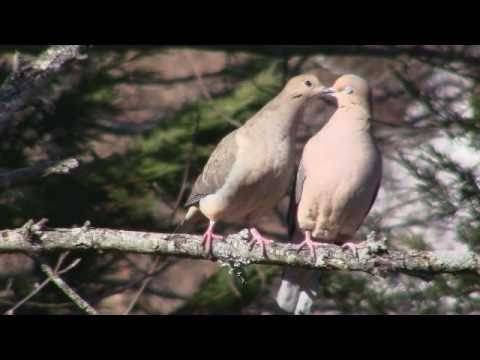
Do Mourning Doves mate for life?
They in fact are monogamous creatures and they do indeed mate for life, they will even typically remain with one another through cold winter months. They tend to form really strong bonds in pairs that can even extend beyond death.
When their mate passes, they will still remain and stand by their dead mate to watch over them and care for them. If the body of their dead mate is no longer present, they will still return to the site where it passed. All of this shows us that these birds seem to have the ability to feel the loss.
But just like us, they do move on after a while, but not all of them are committal and only pair up with other birds during mating season. It is primarily the male bird’s job to find seeds to store so he can feed his mate.
Both the committed doves and the ones that only pair up for mating purposes will stick with their mate to help sit on their eggs to incubate them or care for their offspring during the mating season, taking turns watching over them.
During courtship, the males tend to show off their forms by gliding in a circular path with widely spread wings that beat loudly, while ducking their heads slightly to garner attention.
Then on the ground, he will try to approach the female in a stiff manner with a puffed-out chest. He bows and coos and sings emphatically. They then preen one another’s feathers as a sign of the acceptance of his advances.
They are mostly committal birds despite the fact that their lives aren’t very long due to getting hunted by creatures bigger than them such as cats, hawks, and even us humans.
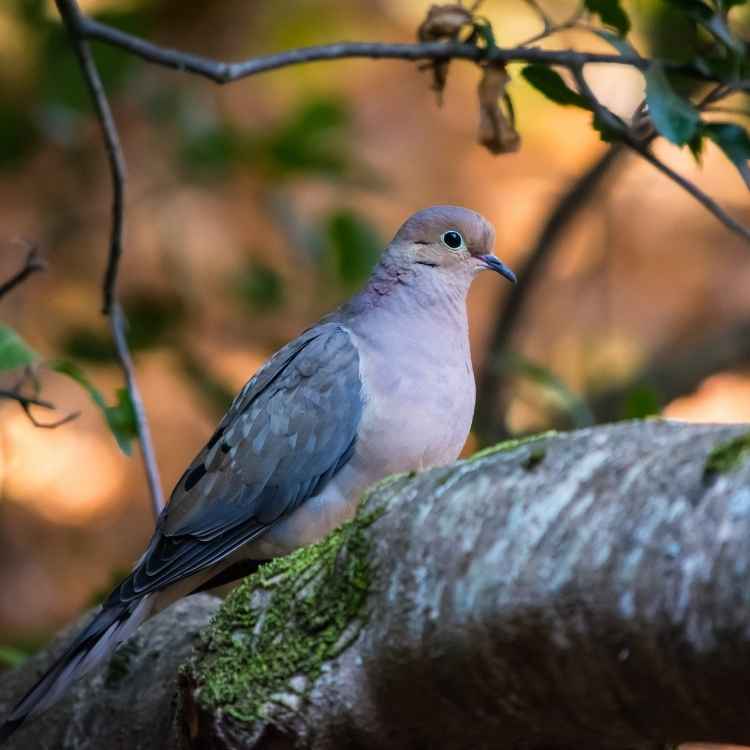
Do Mourning Doves migrate?
They mostly migrate through the familiar paths over land, but there are rare occurrences where they may fly over the Gulf of Mexico, though in Canada’s case, some will remain and stay behind knowing they have a sustainable food source for the winter such as feeders that some may have outside their homes. Some remain in winter because of their proximity to the breeding range.
The ones that do choose to migrate do so during the daytime in large flocks. Many move down south from northern areas in the fall, leaving the north because the weather tends to cool down late in August or early in September.
The flocks will then leave to go back north to begin the nesting season around March and April. However, not all of them like to migrate, as the ones that are residential in nature are found all year round in southern most states.
Where do Mourning Doves nest?
The male bird takes the role of the provider, gathering supplies for the nest which consisted of flimsy twigs made into platforms by the female bird who then makes the nest for them. During courtship, the male searches for a good nesting place, eventually leading the female bird to the potential sites for her to choose where she’d like them to settle.
They usually make their nests in trees or shrubbery, sometimes they even choose the ground. In alternate situations, they can choose to build their nests on the ledges of buildings or other miscellaneous structures. This will be their nesting ground they’ll return to it year after year after raising a brood successfully.
When this brood does decide to leave their home, the male and female birds and their children will still travel in close proximity to their home
Where do they sleep?
The Mourning Doves usually roost in coniferous trees, sometimes on wood lots or in thick bunches of bushes or trees. In more urban situations, they take refuge atop man-made structures. You can sometimes even find them on power lines, though they seem to prefer farming sites and are seen in such places regularly.
These doves however are tactful in their choice of places to roost, as they often will pick a place that offers steady access to sustenance.
During mating season, they often sleep in twos and assist one another during the development of their eggs. However, they do not sleep in pairs if they aren’t currently brooding.
How long do mourning doves live?
In the wild, these doves typically live up to two years, though there are some recorded cases of doves living up to five, seven, or ten years old. Predators, diseases, or accidental injuries are what mainly endanger these doves, so if they are able to avoid these things, they can reach up to five years old.
The mortality rate of one-year-old doves can be up to 75%, meaning they are at high risk. The adults’ mortality rate is about 60%, not far off from their first-year birds. Two-year-old adult doves have an increased chance of surviving.
The numerous predators that can endanger the lives of Mourning Doves are bigger predatory birds such as crows, falcons, and hawks, while corvids, grackles, and even your typical house cat prey after them during the nesting period.
However, rat snakes are more insidious, preying on the doves’ eggs. But it isn’t just predators that endanger them, as the doves can also suffer from Trichomoniasis, a common but very deadly disease for them. Their sheer number is probably what causes them to still remain present and living as this disease can cause major die-offs for their species
The biggest outbreak occurred in 1950 – 1951, over two years in Alabama and the states surrounding it, resulting in the harrowing deaths of fifty to about a hundred thousand doves.
The oldest known dove was 31 years old.
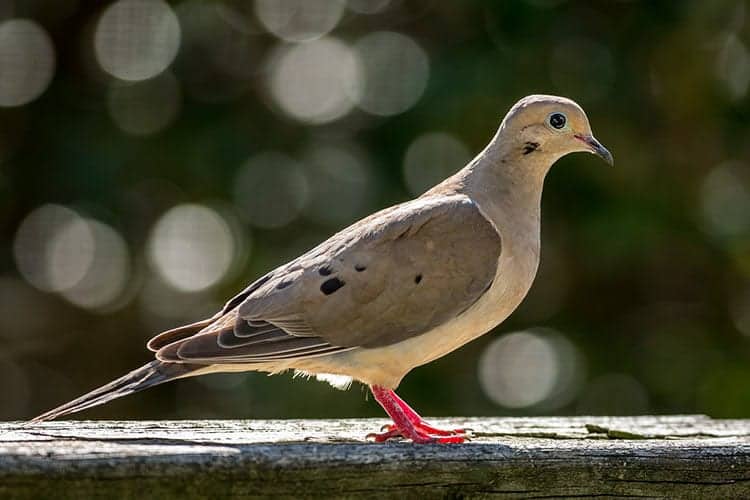
What does it mean when a Mourning Dove visits you?
A visitation from these doves is actually a good sign, and can even mean a message from loved ones that have passed in your life. Similarly to white doves, they represent peace and love, due to their mostly monogamous nature, security, piety, and friendship.
They can also symbolize forgiveness and liberation. They are also bringers and messengers of hope, grace, and strength. Click here if you want to read more about Mourning Dove Spiritual Meaning.
What does a Mourning Dove sound like?
Mourning Doves can have a variety of sounds, most people describe their regular coos as similar to that of owls, and as such, tend to mistake them for owls. They have low and deep coos, the reasoning behind their name because they sound as though they are in mourning or are lamenting. They have multiple varying sounds, even as they are taking off and landing.
But it isn’t just them that make noises, as so do their wings that whistle loudly in the air, inadvertently scaring off their predators or warning their friends of their flock. Check the video below to hear and see them coo.
Are Mourning Doves pigeons?
If you have ever thought to yourself that Mourning Doves looked similar to pigeons, that is because there is a good reason for that. Pigeons and doves belong to the same species of birds, though their key differences are that doves just have smaller bodies and stature, while pigeons are larger, they share similarities in how thick and round their bodies are, how short their necks are, and how thin their peaks are.
More specifically, they are a closer species to the passenger pigeons, though they were unfortunately hunted to the point of extinction in the early 1900s. Compared to doves, pigeons also hold a different spiritual symbolism.
How to get rid of Mourning Doves
There should be no reason for you to want to be rid of Mourning Doves or feel the need to violently exterminate them, as there are simple and easy ways to simply repel them if they’re encroaching a bit too much on your property. Though the male can get aggressive and protective over their territory and their flock, there are ways to scare them that aren’t cruel.
If the doves have started overtaking your balcony or your garden, place fake plastic animals around where you usually spot them. Bobble-headed ones work even better as they are a lot more believable, like scarecrows but for Mourning Doves.
They will think these toys are predators out to get them, forcing them to find safer perch spots or nesting areas. Shiny objects bother the doves, too. Attach them to their favorite places. Flash tape is an example of something shiny that you can place onto branches as well. Even better, they crinkle and spook the doves.
A more imposing way to scare them is fitting spikes onto your balcony rails or where they like to nest in general, they’ll know that it isn’t a viable place to stay. Mourning Doves can also smell chemicals and stay away from them due to their toxic quality.
If spikes seem too much for you, you can use hairspray, perfumes, or anything with a long-lasting pungency in places they like to stay. One sniff of the chemicals and they’ll trade places right away.
If you’ve got a garden that they like to plague to get into your potted plants for nesting, you can surround your plant with pine cones in the pot, this restricts the potential for nesting space that they want to utilize, and makes it substantially uncomfortable to even just perch at.
Another clever idea is using ice cubes instead of pine cones. Not only will it gradually provide your plant moisture, but it will also deter and spook them with the stark shift in temperature on their little feet. They will deem the space unlivable.
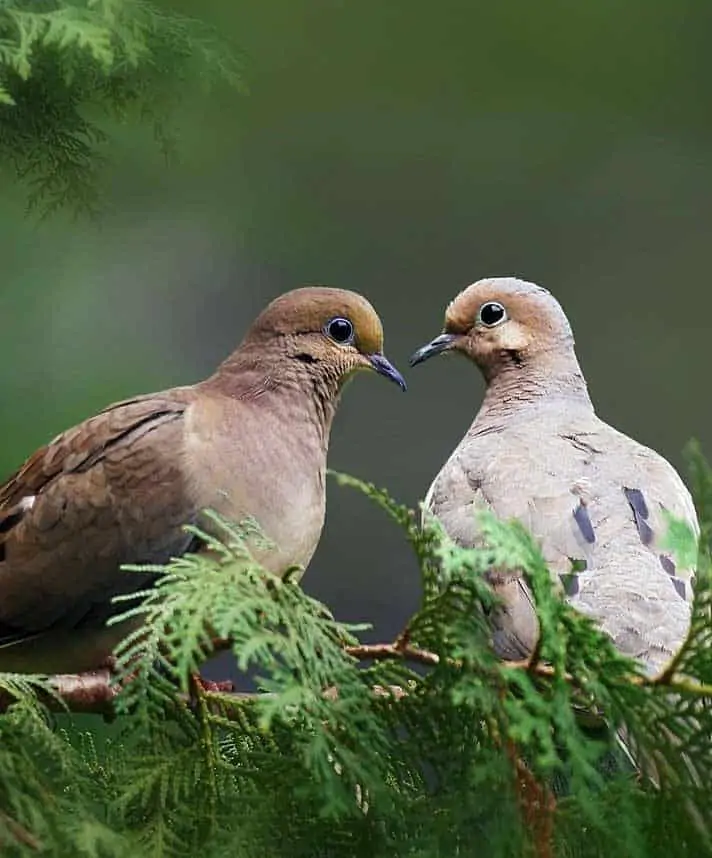
In the case of homeowners with bird feeders for other smaller feathered friends and their uninvited Mourning Dove guests, replacing your bird feeder with one that has a narrower and thinner ring will cause the doves to feel discomfort when perching on it to feed, and they won’t want to come back to it.
You can put a roof over the feeder to enclose the space for the smaller birds around your home that can dive and swoop in and under it. The Mourning Doves, however, cannot as they are not as agile as the smaller birds.
If they are simply pestering you by crowing on your lot, look to the ground and see if you’ve got anything they may want to eat, such as scattered seeds. Since we know that they like to stay where they’ve got a steady stream of food, an easy way to force them out of your lot is to cut off their food supply.
If you feed other birds on your lot, try to stop feeding them for a while. At first, try a week and observe if they slowly vacate from your area. Extend this period as long as needed.
Check also our article about the dove symbolism or check our post: Turtle Dove vs Mourning Dove.
Conservation Status and Fascinating Facts About Mourning Doves
Are Mourning Doves Endangered or Protected Species?
Contrary to some concerns, Mourning Doves are not endangered. In fact, they are one of North America’s most abundant bird species with an estimated population of 350 million individuals. While Turtle Doves (their European relatives) face significant population declines and are listed as vulnerable, Mourning Doves maintain stable numbers despite being the most hunted migratory bird in the United States, with approximately 20 million harvested annually during regulated hunting seasons.
Mourning Dove Housing and Nesting Habits
For bird enthusiasts wondering about dovecotes or birdhouses for Mourning Doves, these birds typically prefer open platforms rather than enclosed structures. A simple 12×12-inch platform with a small lip around the edge, mounted 8-15 feet high in a quiet area, provides an ideal nesting spot. Unlike other bird species, Mourning Doves occasionally nest directly on the ground, particularly in areas with adequate cover and protection from predators. Their ground nesting behavior makes them unique among backyard birds but also more vulnerable to predation.
Feeding Habits and Bird Feeder Preferences
Mourning Doves have excellent eyesight for locating food and can detect bird seed from considerable distances. They particularly enjoy cracked corn, millet, and sunflower seeds spread on platform feeders or the ground. Unlike some bird species, Mourning Doves can digest black oil sunflower seeds without issue, though they prefer them already hulled. Interestingly, they often flock together while feeding, with groups of 10-30 birds being common in winter months. Providing clean drinking water is equally important as these birds drink by suction (unlike most birds who scoop and tilt their heads back).
Interesting Behaviors and Human Interaction
Mourning Doves show remarkable recognition abilities and can become quite accustomed to human presence. Regular visitors to backyard feeders may recognize their human hosts and show less fear over time. When a Mourning Dove appears unusually tame or doesn’t fly away when approached, it’s typically not because the bird is sick, but rather because it has become comfortable around humans. Unlike some bird species, Mourning Doves cannot swim well when fully mature, though they can float temporarily if necessary. Their ability to produce “crop milk” – a secretion similar to mammalian milk – for feeding nestlings is a fascinating adaptation shared with only a few other bird species, including pigeons and flamingos.
FAQ
What do mourning doves eat?
Mourning doves primarily feed on seeds, including millet, cracked corn, and sunflower seeds. They can consume up to 20% of their body weight in food daily. Platform feeders work best for these ground-feeding birds, and they particularly enjoy hulled sunflower seeds for easy digestion.
How long do mourning doves live?
Most mourning doves live 1-2 years in the wild due to predation and hunting. However, some can live significantly longer, with captive doves reaching 10-15 years. The oldest recorded mourning dove lived an exceptional 31 years, far exceeding the typical lifespan for this species.
Do mourning doves migrate?
Mourning doves exhibit partial migration. Northern populations typically move south for winter, while southern populations remain year-round residents. Migration patterns vary based on food availability and climate conditions. Some doves may travel hundreds of miles, while others stay within their breeding territory throughout the year.
How do I attract mourning doves to my bird feeder?
Use ground or platform feeders with millet, cracked corn, and sunflower seeds. Provide clean water in wide, shallow dishes for drinking and bathing. Install perching areas like open branches near feeders. Maintain distance and minimize disturbances, as doves prefer peaceful feeding environments.
Do mourning doves nest on the ground?
Unlike many bird species, mourning doves sometimes nest on the ground, especially in areas with adequate ground cover for protection. However, they typically prefer building simple platform nests in trees or shrubs 5-25 feet above ground, occasionally utilizing human structures like porch lights or hanging plants.
Can you keep a mourning dove as a pet?
In the United States, keeping native mourning doves as pets is illegal without proper wildlife rehabilitation permits under the Migratory Bird Treaty Act. For those interested in dove companionship, domesticated ring-necked doves make legal alternatives with similar appearance and gentle temperament.
What’s the difference between pigeons and doves?
The terms “pigeon” and “dove” are often used interchangeably as they belong to the same family (Columbidae). Generally, larger species are called pigeons while smaller, more slender birds are called doves. Mourning doves are smaller with pointed tails, while pigeons typically have stockier builds with rounded tails.
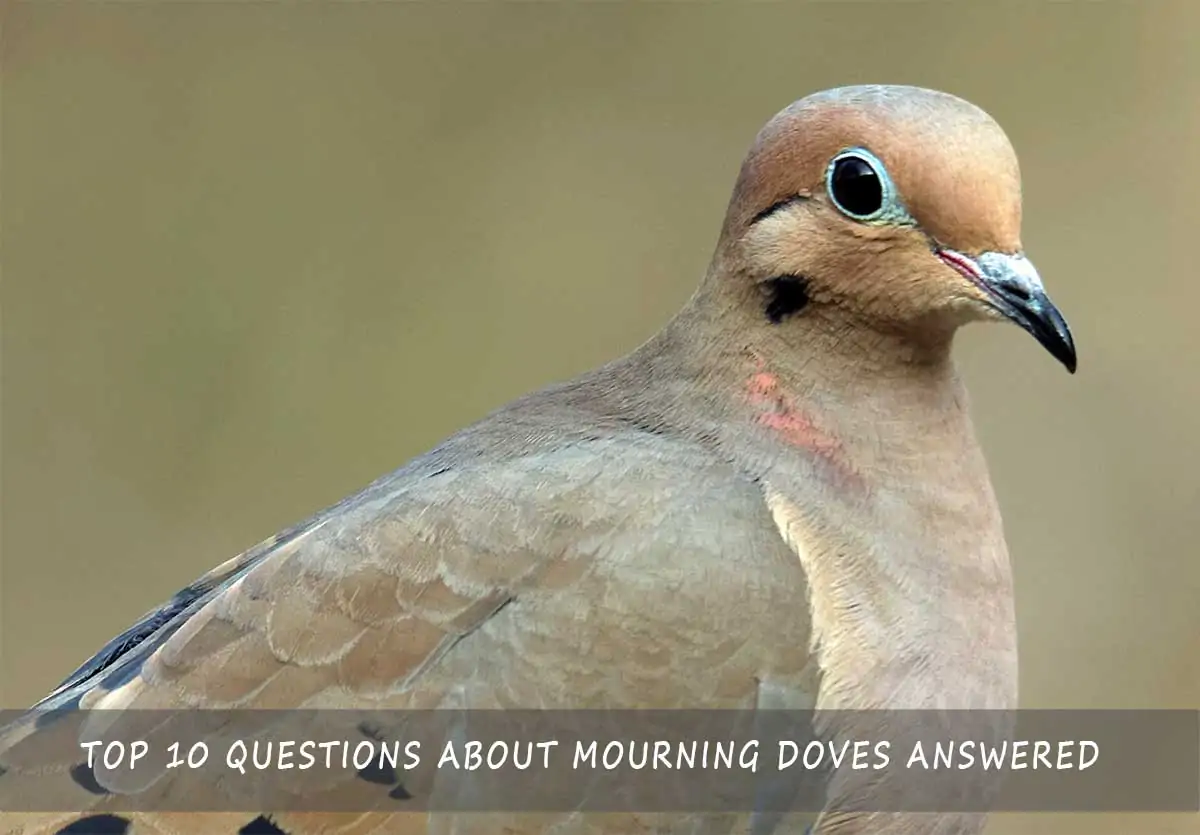

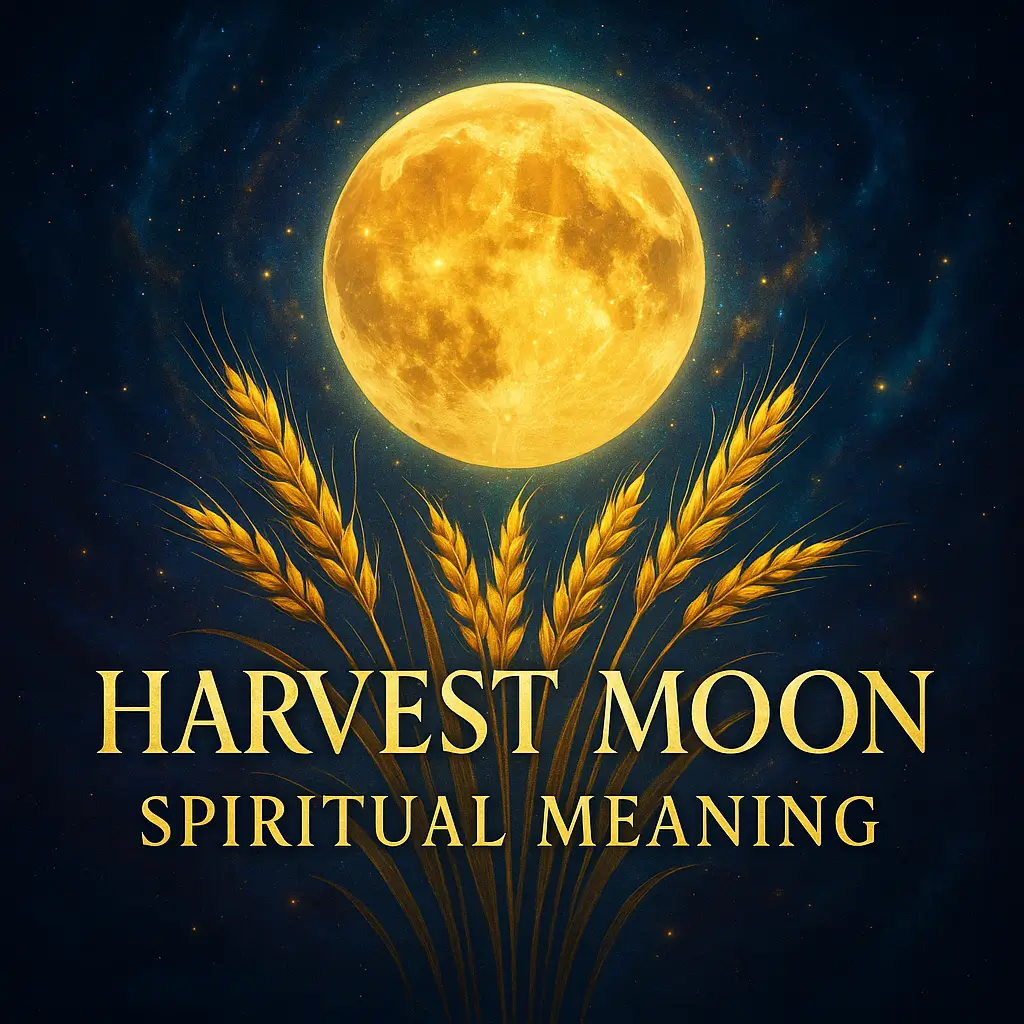

Hello, A pair of Morning Doves came to our balcony, 3 weeks ago,
laid two eggs, one on 4/9th, second egg on 4/10th. The Male and
female alternatively bred day and night, but not hatched yet after
18 days. Could something wrong with the eggs? Can they be hatched after 20days? There were some cold nights. Worried.
Vince
Vince, see my comment below to hear more of my story. Last year we had pairs of eggs laid three times. The first time 0 hatched, then 1, then 1. Each time they hatched within 14 days. The adults stopped coming by once I think they knew the eggs were duds.
This year I’ve had pairs of eggs three times, and each time we got two birds. Again hatching was always around 14 days +/- nearest I could tell. Just now a fourth brood was laid but I only see one egg (unless another is coming today or tomorrow).
I suspect that neither of your eggs will end up hatching, especially if the adults are no longer coming by
So let me get this right, you actually like these bird rats and the annoying sound they make? WTF is wrong with you?
I have a porch pillar where one or more pairs of doves (that’s the question – stick with me) have been nesting for the last two years. Last year, the pair would make the nest, eggs would be laid, hatch, and the babies and adults would leave about 2 weeks after hatching. Then I saw no one for about a month, and the process repeated twice, each time with a one-month gap of no dove activity at all.
This year I’m confused, because each time the babies left – about two weeks after hatching – adults went right into sitting on eggs again. In fact, one time I think there were new eggs laid and being sat on a few days before the previous pair of babies had even left! We are now on our fourth pair of eggs being incubated, with nearly 100% adult presence 24/7 going on over 3 months now!
Question: will adults lay and start incubating the next pair of eggs back-to-back-to-back like this? Or are there two (or more) separate pairs of doves taking turns using the location? I will say I have a PRIMO location for a nest – very safe, protected from the elements, nice size platform, and a very friendly home owner who watches out for them ? So maybe word got out that this is the hot spot in town!
My gosh you actually like these bird rats? Are you really a woman? Actually no since women hate the sound they make too.
Idiot! Most Woman probably hate the noise you make, rat person.
I have been blessed with a Dove laying two eggs in my hanging basket which bas a fairly new plant in it. I am concerned about watering the plant. I do my best to water around the nest and keep the nest and eggs dry. Unfortunately, today the eggs got wet. the water did seep down through the nest rather quickly. Will this harm the eggs here in sunny Florida? How do I keep the plant alive and not stress the Doves and risk the eggs?
Hi Susan,
It sounds like you’re in a unique situation, and it’s wonderful to see your concern for the dove and her eggs.
Firstly, it’s important to know that birds’ eggs, including those of mourning doves, are designed to withstand various weather conditions, including rain. So, if the eggs got a little wet, it’s likely not a problem as long as they didn’t remain soaked for an extended period.
As for watering your plant, it’s a bit of a balancing act. You’re right to try and avoid the nest when watering. If possible, try to water the plant at the roots, which is actually better for most plants anyway. A watering can with a long spout or even a squeeze bottle might help you direct the water more precisely.
If the plant starts looking a bit droopy, it might be worth considering moving it, if that’s possible without disturbing the nest. If not, the plant might just have to tough it out until the chicks have fledged.
Remember, it’s important not to touch the nest or the eggs as birds can be very sensitive to human interference.
Lastly, if you’re ever in doubt, it might be worth reaching out to a local wildlife rehabilitator or bird expert for advice. They can provide guidance tailored to your specific situation and local species.
I hope this helps, and best of luck with your unexpected guests!
I have dubs nesting and a plant full of Korean succulents on my front porch. I also have a camera above them so I can watch them. I noticed earlier that another doves was with the one that’s been sitting on the eggs, but it seems to be almost trying to pack her eyes. She wasn’t being defensive at all? I just wonder if this is normal behavior between a pair? I do have it on video if you’re interested.